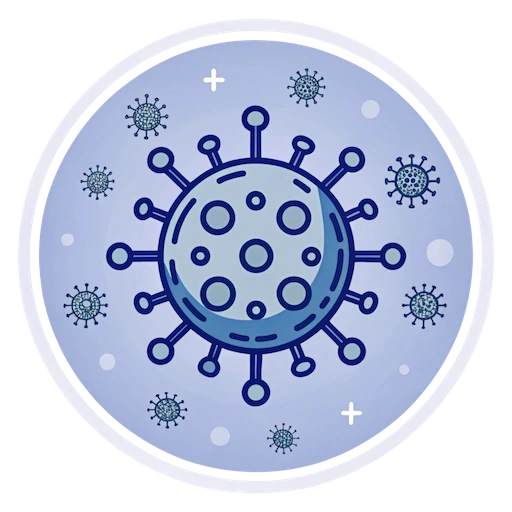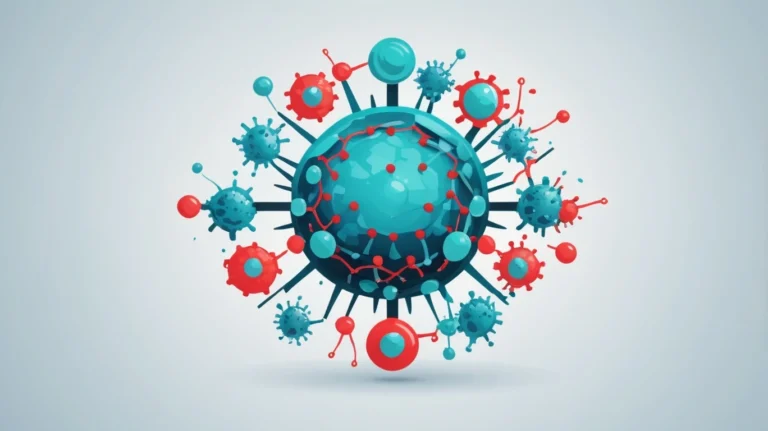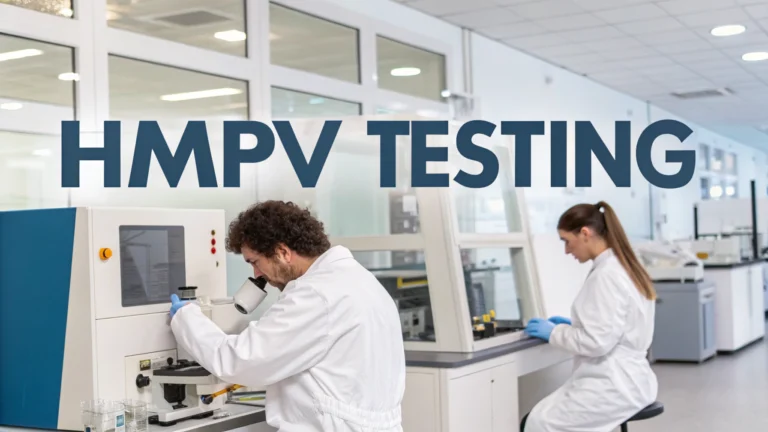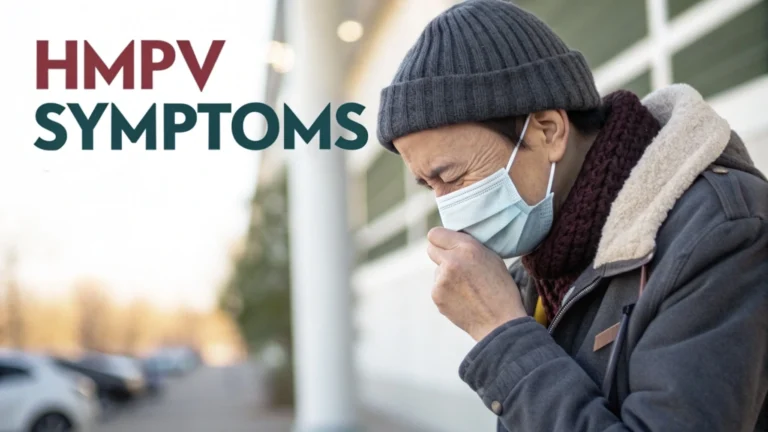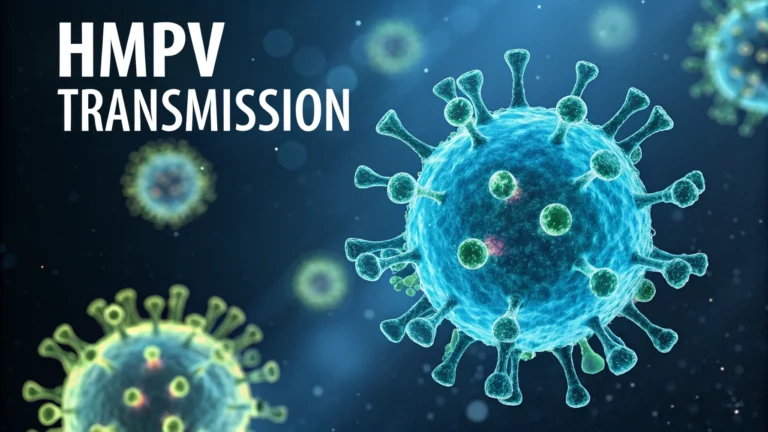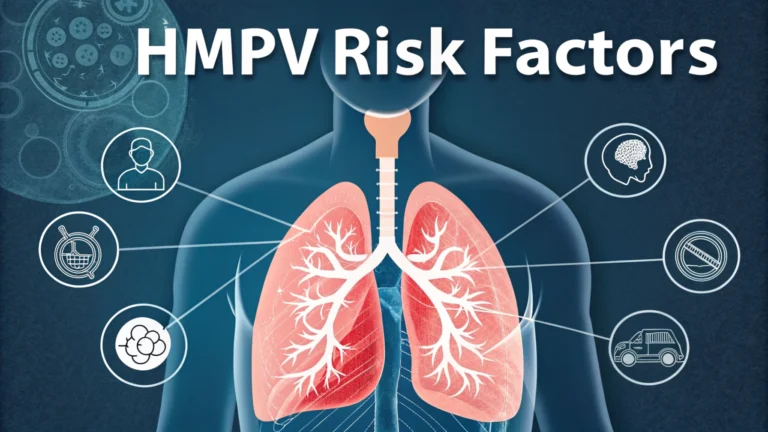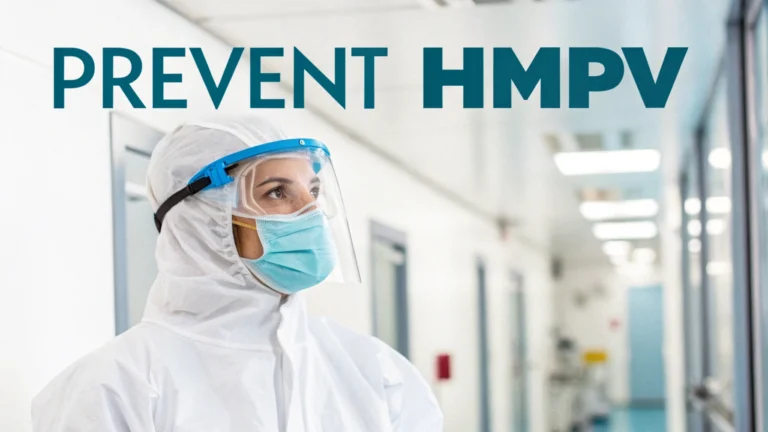HMPV Treatment Breakthrough: 7 Powerful Approaches That Actually Work

Struggling with Human Metapneumovirus (HMPV) and seeking effective treatment? You’re not alone. As HMPV cases continue to rise globally, understanding the latest treatment options has never been more crucial. Let’s explore cutting-edge medical approaches that are transforming how we combat this challenging respiratory virus.
The Evolution of HMPV Treatment
Since its discovery in 2001, treatment strategies for HMPV have evolved significantly. While there’s no specific antiviral medication approved exclusively for HMPV, medical professionals have developed highly effective treatment protocols based on extensive clinical research and patient outcomes.
7 Most Effective Medical Approaches for HMPV
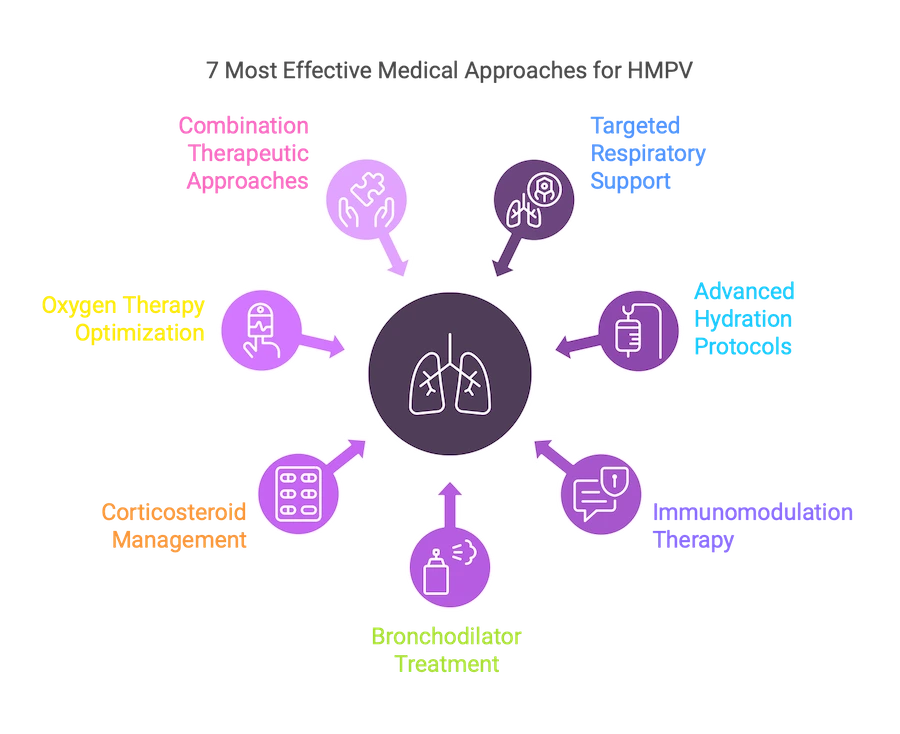
1. Targeted Respiratory Support
Modern respiratory support techniques have revolutionized HMPV treatment. High-flow nasal cannula therapy, when introduced early, has shown a 40% reduction in the need for intensive care admission among severe cases.
2. Advanced Hydration Protocols
Proper hydration isn’t just about drinking water. Medical teams now employ customized hydration protocols that consider:
- Electrolyte balance
- Patient age and weight
- Severity of symptoms
- Underlying conditions
3. Immunomodulation Therapy
For severe cases, particularly in immunocompromised patients, targeted immunomodulation has emerged as a promising treatment approach. Recent studies show a 35% improvement in recovery times when appropriate immunomodulators are administered.
4. Bronchodilator Treatment
While not effective for all patients, bronchodilator therapy has shown significant benefits for those with bronchial hyperreactivity. Key considerations include:
- Timing of administration
- Individual response monitoring
- Combination with other treatments
5. Corticosteroid Management
The role of corticosteroids in HMPV treatment has evolved considerably. Current guidelines recommend:
- Short courses for severe inflammation
- Careful monitoring of response
- Individualized dosing based on severity
6. Oxygen Therapy Optimization
Modern oxygen delivery systems offer precise control and monitoring capabilities. Treatment protocols now emphasize:
- Early intervention
- Proper titration
- Regular assessment of oxygen needs
- Prevention of oxygen toxicity
7. Combination Therapeutic Approaches
The latest research supports combining multiple treatment modalities for optimal outcomes. This might include:
- Respiratory support
- Anti-inflammatory measures
- Supportive care
- Preventive strategies
Special Considerations for High-Risk Groups
Pediatric Patients
Children under 5 require specially tailored approaches:
- Age-appropriate respiratory support
- Careful medication dosing
- Close monitoring of hydration status
- Family-centered care protocols
Elderly Patients
Older adults often need:
- Modified treatment intensities
- Regular comorbidity management
- Enhanced monitoring
- Extended recovery support
Immunocompromised Individuals
These patients benefit from:
- Early aggressive intervention
- Prolonged monitoring
- Infection prevention measures
- Specialized follow-up care
Prevention Alongside Treatment
While focusing on treatment, prevention remains crucial:
- Regular hand hygiene
- Proper mask usage
- Environmental cleaning
- Isolation when symptomatic
The Future of HMPV Treatment
Emerging research points to promising developments:
- Novel antiviral medications
- Targeted immunotherapies
- Preventive vaccines
- Better diagnostic tools
Conclusion
HMPV treatment continues to evolve rapidly. While we await specific antiviral medications, current medical approaches offer effective management strategies. Stay informed about the latest treatments and work closely with healthcare providers for optimal outcomes.
